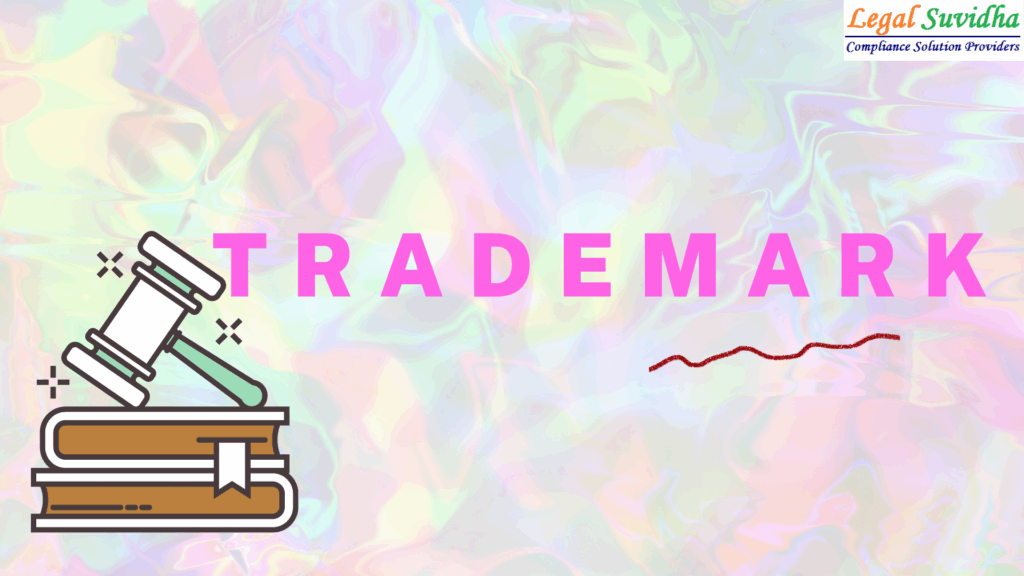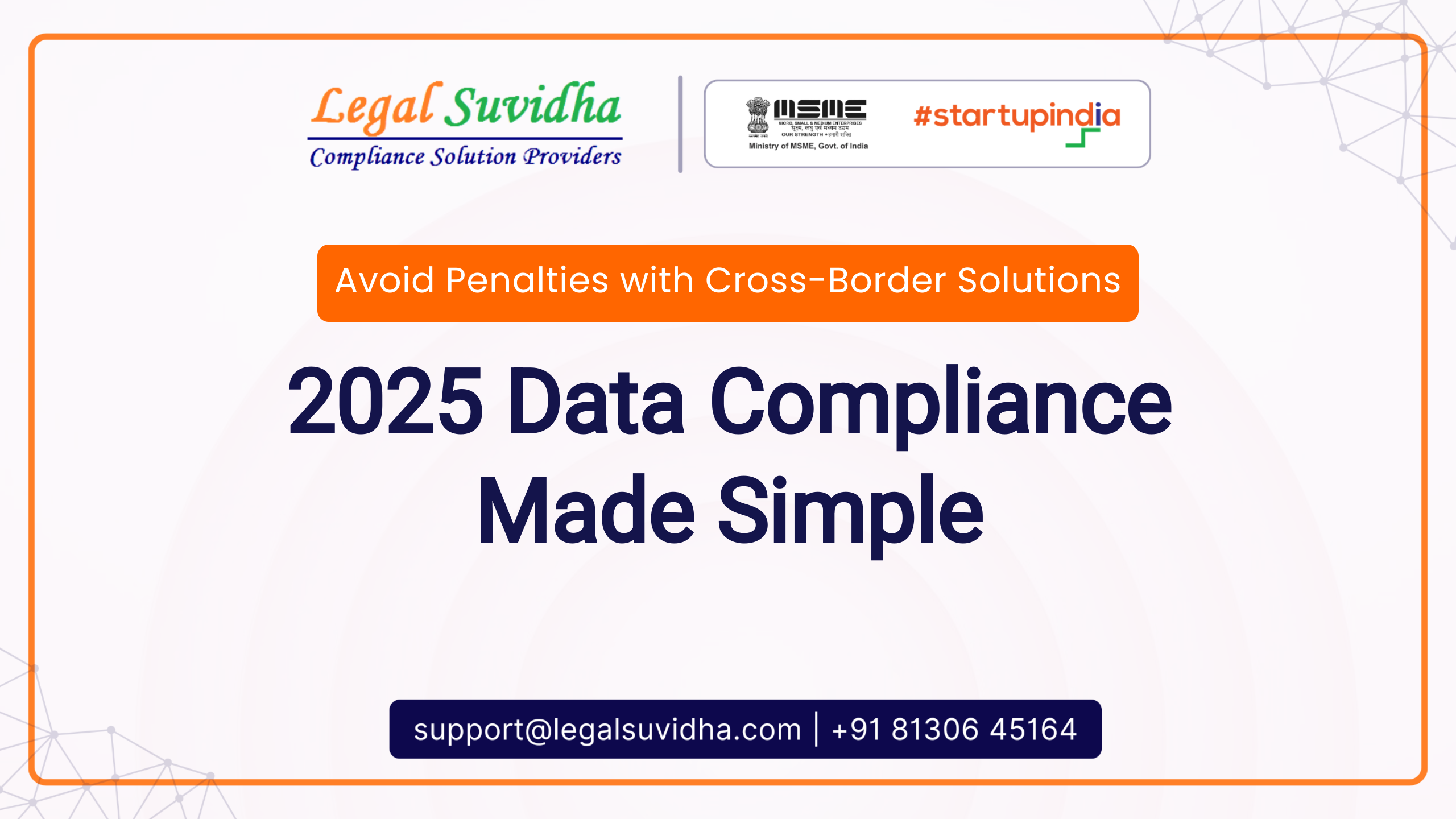A trademark is a legally protected symbol, word, or phrase that is used to identify and distinguish the goods or services of one company or organization from those of others. It can be a word, phrase, symbol, design, or combination of these, and can include colors, sounds, or even scents.
PROCESS OF TRADEMARK APPLICATION
What is a Trademark?
A trademark can be thought of a name, a phrase, a logo, or even a sound that uniquely identifies your brand and distinguishes it from your competitor’s.
It can be for both product and/or service. Once a it is registered, no third party can use the registered trademark for their products or services unless the original party that registered the trademark grants permission for any such use.
The Trademarks Act, 1999, regulates the usage of trademarks in India along with Trademark Rules, 2017.
Types of Trademarks that can be registered in India:
a. Word Mark
In most cases people register a Wordmark. Word Marks are the specific set of characters associated with a company’s offering. These characters collectively distinguish a company’s product and/or service from its competitors. Example: Nestle
b. Service Mark
Companies that are in the business of providing a specific service can register this type of Trademark. Service marks are used to differentiate between companies which provide similar kinds of services. Example: FedEx
c. Logos and Symbols
There are several instances where a company might want to use a specific design/printed figure to differentiate it’s market offerings and not include any word or character in such design. These kinds of trademarks come under Logos and Symbols. Example: Apple (The slightly bitten apple figure)
d. Shape of Goods
This kind of trademarks (shape of goods) can be used to identify a product purely based on the shape. These marks are often used along with a word mark. The Shape of Goods mark deals purely with the appearance of a product. Example: The shape of a coco-cola bottle.
e. Series Marks
Series marks contain a common prefix/suffix which is shared among multiple of a companies offerings. These products differ only as non-distinctive characteristics like price, size, quantity, etc. Example: McDonald’s uses the prefix ‘Mc’ on multiple products like McMaharaja, McVeggie, McFlurry, etc.
f. Collective Mark
When multiple people collectively register a trademark, it is known as a collective mark. In such cases, any of the group of people who have registered the trademark can use it even though the it is owned by the group as a whole. Example: Any Charted Account who is a member of the Institute of Charted Accountants can use the ‘CA’ symbol.
g. Certification Mark
Any company that has met a certain quality standard check is authorized to use the respective certification mark. Common Examples are: ISO Certification Mark, FSSAI Certification Mark.
h. Sound Mark
As the name suggests, sound marks are specific sounds that once a person hears, relates to a certain brand or a product/service of the brand. Example: the tune of IPL, or the tune used in ICICI bank’s advertisements
What is the eligibility criteria for applying Trademark?
1. An Individual (Person):
Any individual, even if he/she is not doing any business, is eligible to file for a trademark by proposing that the trademark will be used by him/her in the future.
2. Joint Owners
In cases, where two or more persons come together to jointly own a trademark then names of all the owners have to be mentioned in the application.
3. Proprietorship Firm
Since a sole proprietorship firm is not a separate legal entity, while filing for a trademark by such firm, the full name of the proprietor should be given. In case both the proprietor name and the name of the business is give, both of them will be considered separate and treated separately.
4. Partnership Firm
Since a partnership firm is not considered a separate legal entity, the names of all the partners must be used in the application for filing for a trademark. In case a minor is included in the partnership, the name of his/her guardian should also be mentioned.
5. Limited Liability Partnership
The primary difference between an LLP and Partnership is that the partners of an LLP don’t have an unlimited liability towards the actions of an LLP. In this case, Partners in this case cannot be applicants and we need to file the Trademark in the name of the LLP who will be the owner of the trademark.
6. Indian Company
In case of any type of Indian Company, be it OPC, Pvt. Ltd., or a Limited Company, the application should be filed in the name of the company itself. The company, being a separate legal entity, cannot have it’s director(s) as applicant(s).
7. Foreign Company
In case a foreign incorporated company wanting to file for a trademark in India, it should file the application in it’s own corporate name, word-to-word as it’s name in it’s own country.
8. Trust or Society
The name of the chairman, or secretary, or the managing trustee or society should be used to file a trademark for such organization.
How can a trademark be protected?
It can be protected on the basis of either use or registration. Use does still play an important role, however: first of all, in countries that have traditionally based trademark protection on use, the registration of a trademark merely confirms the trademark right that has been acquired by use. Consequently, the first user has priority in a trademark dispute, not the one who first registered the trademark.
Who can apply for registration of a trademark?
In general, any person who intends to use a trademark or to have it used by third parties can apply for its registration. That person can be either a natural person or a legal entity, even a holding company.









